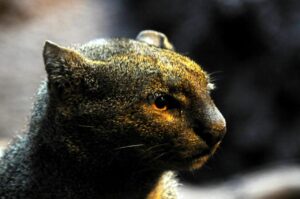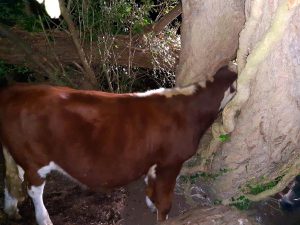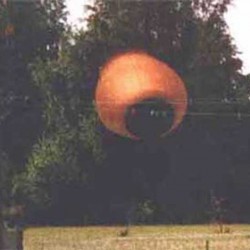
In a bid to rescue the Scottish wildcat from the brink of extinction, a team of conservationists has taken a remarkable step by releasing 19 young wildcats into the heart of the Scottish Highlands. The majestic wildcat, measuring about 25 percent larger than their domestic cousins, were once a common sight in the Scottish landscapes. However, the wildcat population has dwindled drastically over the years, with only about 30 remaining in the wild as of 2019.
To address this critical issue, the Royal Zoological Society of Scotland embarked to nurture young wildcats at a wildlife park in Kingussie. Over the past three months, their dedicated efforts culminated in the release of 19 carefully raised wildcats into the forested expanse of the Cairngorm Mountains. This marks the initial phase of a comprehensive plan to reintroduce approximately 60 wildcats into their natural habitat.

Reports from The Guardian indicate that the released cats are adjusting well to their newfound freedom. With just one unfortunate loss among the newly released felines, the rest have exhibited promising signs of adaptation, showcasing their ability to hunt and sustain themselves in their natural surroundings. Helen Senn, representing the Royal Zoological Society of Scotland, expressed satisfaction with the progress, stating, “We have seen evidence that the cats are able to hunt and fend for themselves. From that perspective, we’re really happy.”
The Scottish Highlands are witnessing a broader resurgence of various endangered species, including capercaillies, pine martens, red squirrels, golden eagles, and beavers. Helen Senn emphasized the importance of these conservation efforts, stating, “Conservation can be quite depressing, and I think it’s really important that people feel it can make a difference.” The restoration of the wildcats to their native habitat stands as a testament to the power of dedicated conservation initiatives and offers hope for the continued survival of this iconic species in the Scottish wilderness.
The Scottish wildcat (also known as the Highland tiger) is a European wildcat (Felis silvestris silvestris) population in Scotland. It was once widely distributed across Great Britain, but the population has declined drastically since the turn of the 20th century due to habitat loss and persecution. It is now limited to northern and eastern Scotland. Camera-trapping surveys carried out in the Scottish Highlands between 2010 and 2013 revealed that wildcats live foremost in mixed woodland, whereas feral and domestic cats (Felis catus) were photographed mostly in grasslands.
It is listed as Critically Endangered in the United Kingdom and is threatened by hybridization with domestic cats. Since all individuals sampled in recent years showed high levels of hybridisation with domestic and feral cats, this population is thought to be functionally extinct in the wild.












